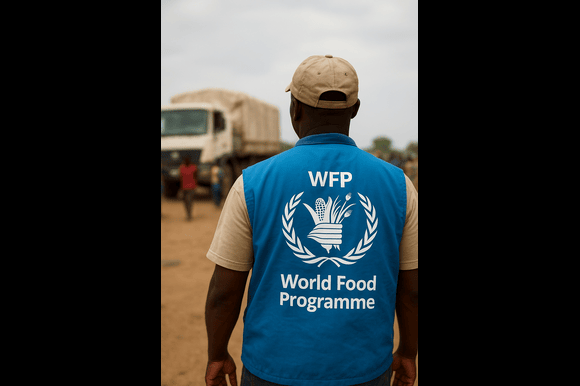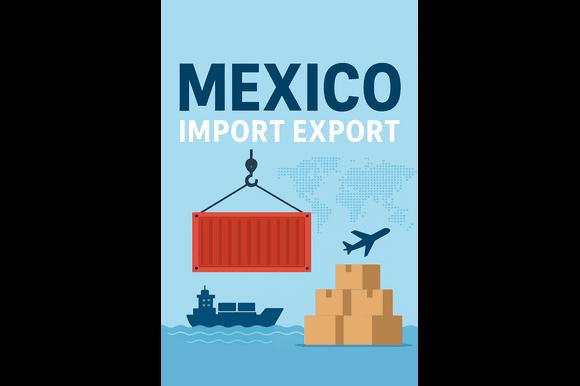
The World Food Programme (WFP) has cautioned that severe funding shortages are set to intensify an escalating global hunger crisis, predicting that more than 300 million people will experience acute food insecurity in 2026.
In its 2026 Global Outlook Report published on Tuesday, the UN agency highlighted that an estimated 318 million individuals will face “crisis” level food insecurity or worse, more than twice the figure recorded in 2019. Of this total, approximately 41 million people are expected to be in “emergency” phase or higher, equivalent to IPC Level 4 or above, on the globally recognised food insecurity classification system.
The WFP projects that it will be able to assist only around 110 million people in 2026, leaving a vast portion of those in dire need without access to critical food aid.
For 2026, the agency has assessed its operational requirement at $13 billion, primarily dedicated to crisis interventions, resilience efforts, and initiatives addressing systemic causes of hunger. However, current projections suggest the WFP may receive only half of the necessary funding, raising major concerns about its ability to respond effectively.
“Food insecurity is expected to remain at alarming levels,” the WFP stated, adding that humanitarian support gaps could severely worsen outcomes.
“The world is grappling with simultaneous famines, in Gaza and parts of Sudan. This is completely unacceptable in the 21st century,” WFP Executive Director Cindy McCain warned.
“Hunger is becoming more entrenched. We know early, effective solutions save lives, but we desperately need more support.”
In Gaza City and neighbouring areas, famine was declared in August by the IPC after the Israeli military enforced an extended blockade, severely limiting the entry of food, fuel, medicine and water. The humanitarian situation remains critical. Similarly, famine conditions were confirmed this month in Sudan’s el-Fasher and Kadugli, as well as 20 additional locations across Darfur and Kordofan, where conflict continues between paramilitary Rapid Support Forces and the Sudanese army.
Other high-risk regions identified include Afghanistan, Yemen, Syria, South Sudan, the Sahel region of East Africa, the Democratic Republic of the Congo, Haiti and Nigeria. According to the WFP, armed conflict remains the primary driver of hunger, contributing to more than two-thirds of all acute food insecurity cases worldwide.
Additional aggravating factors include climate disasters, economic disruption, and soaring food and energy prices.
Last month, the WFP announced expectations of a 40% reduction in funding for the upcoming year. The United States, historically the programme’s largest donor, is among the major contributors implementing substantial cuts to WFP and other international agencies. The reduction follows significant policy shifts introduced by President Donald Trump, reflecting his “America-first” agenda since his return to office earlier this year.




